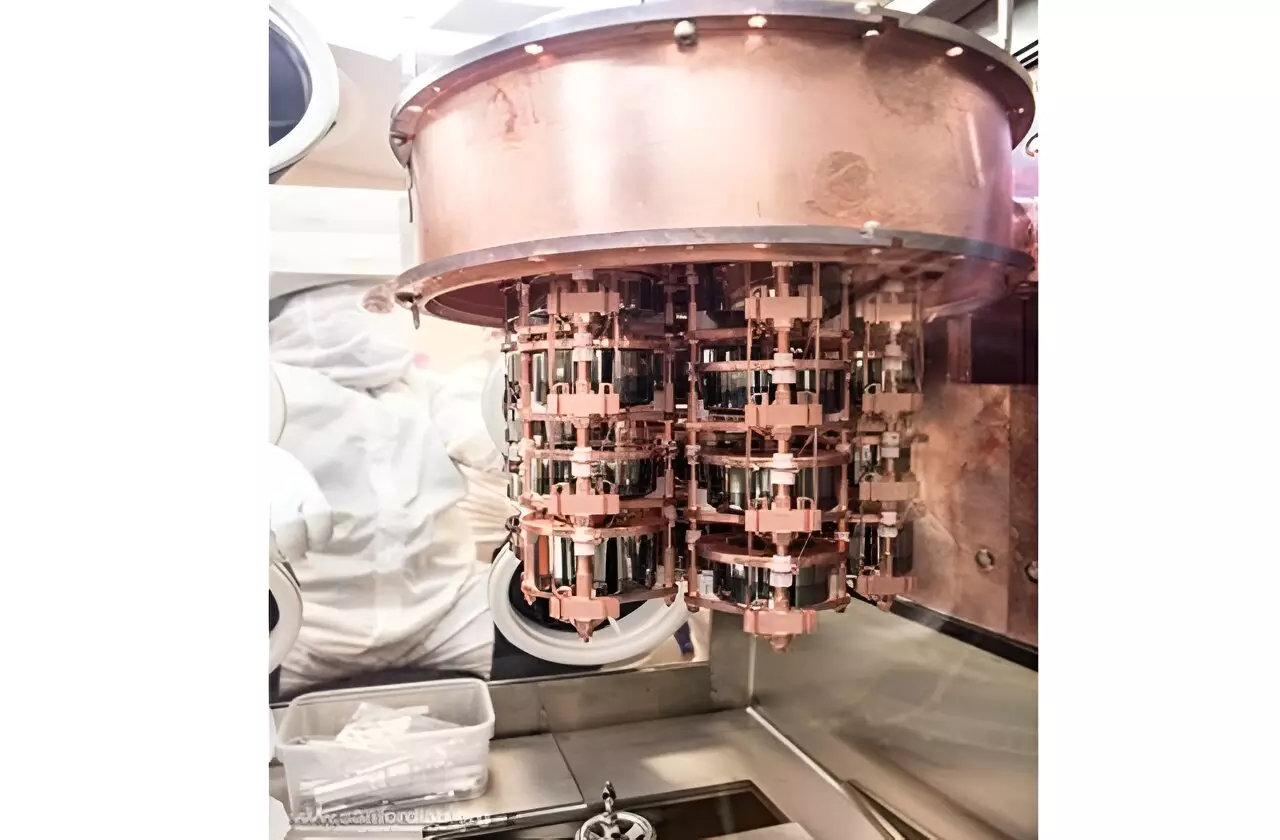Dark matter, a mysterious substance that makes up a significant portion of the universe, has long intrigued scientists. The scientific evidence for dark matter comes from observing its influence on the motion of stars and galaxies. Researchers believe that dark matter may consist of particles, but detecting these elusive particles has proven to be a challenging task. To search for dark matter particles and their interactions, scientists have developed some of the largest and most sensitive experiments ever built.
One such experiment, the Majorana Demonstrator, is a radiation detector that is designed to be highly sensitive to interactions with dark matter particles. The experiment is conducted deep underground and shielded from ambient radiation, allowing for precise measurements of even the smallest energy jolts. The Majorana Demonstrator has a sensitivity that is five to 10 times greater than similar detectors, making it an invaluable tool for dark matter research.
Despite its high sensitivity, the Majorana Demonstrator experiment has not detected the expected signals from dark matter particles. This outcome has allowed scientists to update the limits on the possible mass of dark matter in various models. While the experiment did not directly detect dark matter, it has significantly narrowed down the characteristics of potential dark matter particles. By using advanced experimental setups and high-purity germanium detectors, researchers have explored different types of dark matter and found no significant signals predicted by theoretical models.
The results of the Majorana Demonstrator experiment have important implications for the field of physics. Detecting dark matter particles would provide profound insights into the composition of the universe and potentially challenge the current understanding of physics. The research conducted at the Sanford Underground Research Facility involved a collaboration of universities and laboratories, highlighting the interdisciplinary nature of dark matter research. By focusing on various types of elusive dark matter candidates, such as sterile neutrinos and bosonic and fermionic dark matter, scientists are pushing the boundaries of knowledge in the field.
The quest to unravel the mysteries of dark matter continues to be a complex and challenging endeavor. Through experiments like the Majorana Demonstrator, scientists are pushing the boundaries of our understanding of the universe. While the search for dark matter particles remains ongoing, the research conducted using advanced experimental techniques has provided valuable insights and set the stage for future discoveries in the field of physics.


Leave a Reply